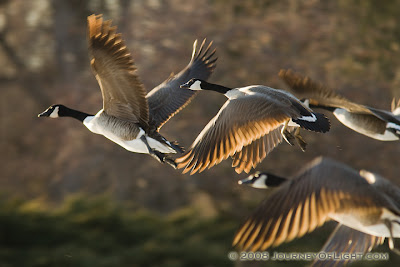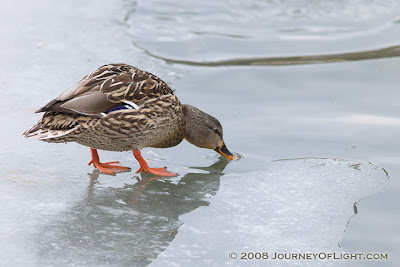
During the 50th anniversary celebration at DeSoto National Wildlife Refuge, I had the opportunity to dine with the manager of Squaw Creek National Wildlife Refuge in Northwestern Missouri. It is a place I have passed perhaps 40 times and never stopped on trips to Kansas City from Omaha. I knew that I would be making the trip again in just a couple of weeks and I decided that I should stop this time, and ended up stopping on both directions of the journey.
During my time on the refuge I saw multiple types of ducks, a bald eagle, a small army of muskrats, Sandhill Cranes, and these Double-Crested Cormoran. Now, I do not normally go out of my way to photograph birds. Yes, I like birds, as I like all things nature, and yes, I like to photograph them, but my general photography setup is currently not such that allows for good bird photography.
What I mean by this, is that besides the general deep-seated desire to photograph, and the will to execute, you need some pretty powerful equipment. Now, I have a 300 f/4l lens, which has been excellent, excellent, excellent for me for larger animals such as bears, elk, deer, etc., but when it comes down to birds, not so great. With that 300 f/4l lens, I can add (and usually do) a 1.4x canon teleconverter (or extender) which makes it a pretty darn good 420 f/5.6 lens. This still, is not enough. In order to get the shot above, I coupled a tamron 2x extender to the 300 + 1.4 combination to get 840 f/11. Add that to my Canon 20d to get the extra 1.6 crop factor and you now have 1344mm of reach. Not to stop there, I also had to crop the image to a little less than a 7 megapixel photo from an 8 megapixel sensor.
Ultimately, why wouldn't I do that everyday? At f/11. I've lost quite a bit of light and consequently I must use a significantly slower shutter speed. Since the Canon 20d does not autofocus with anything less than f/5.6, I must now rely on manually focusing. In my pentax k-1000 days, this was common for me, but as I reviewed the shots from the refuge, I realize that I am not that great at it anymore, and I definitely think that my diopter setting is off. Additionally, and most importantly all this glass ends up degrading the sharpness and contrast of the image.
So why bother at all? Simple, for me it's better to attempt the shot and perhaps get a single good one, than to try at all. I think that my shot above is acceptable, not award-winning, but I believe it to still be a fairly decent shot.
As for the refuge, I thoroughly enjoyed my 2 stops at Squaw Creek and I hope to return again soon. The wildlife, though at the tail end of the spring migration, was outstanding and fun to photograph. I can only imagine how it would be during the height of one of the migrations.
Technical Details:
Canon 20d, 300 f/4l +1.4tc + 2.0tc, 1/640 sec.
Squaw Creek National Wildlife Refuge
To view other photographs, order this photograph as a print, or purchase licensing rights, please visit my website at http://www.journeyoflight.com/.
 I made it down to Squaw Creek again for another trip on the way through to Kansas City. On one of the trips around the lake, I captured these two Canada geese hanging out on a muskrat hut. They just watched as I took their photo, content to be together. I felt the black and white treatment here was the best to isolate the subjects.
I made it down to Squaw Creek again for another trip on the way through to Kansas City. On one of the trips around the lake, I captured these two Canada geese hanging out on a muskrat hut. They just watched as I took their photo, content to be together. I felt the black and white treatment here was the best to isolate the subjects.

















